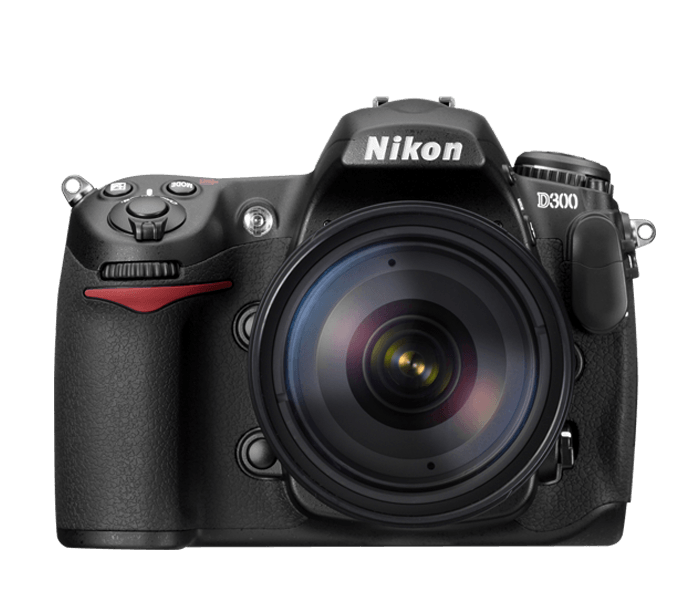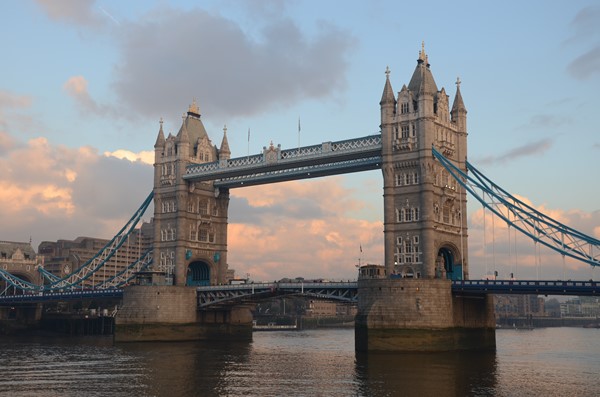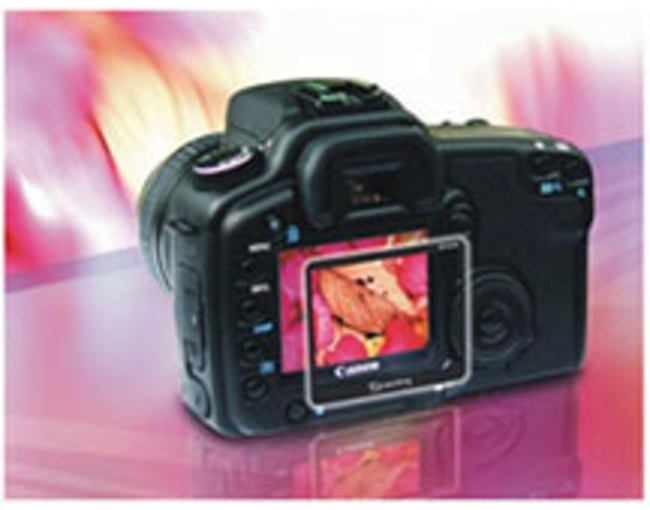Nikon D300 Vs D7000: Unleashing the Power of DX Cameras
The Nikon D300 and D7000 are both capable cameras, but there are some key differences between them. Nikon cameras are known for their reliable performance and advanced features, catering to the needs of both professional photographers and beginners.
Among Nikon’s extensive range of cameras, the D300 and D7000 stand out as popular choices. In this comparison, we will examine the similarities and differences between these two models to help you make an informed decision based on your preferences and requirements.
Whether you are an amateur photographer looking to upgrade your gear or a professional seeking a reliable backup camera, understanding the nuances of the Nikon D300 and D7000 will guide you towards the ideal choice.

Credit: www.amazon.com
Table of Contents
- Nikon D300 Vs D7000
- Understanding The Difference In Image Quality
- Exploring The Versatility Of Dx Cameras
- Discussing The Advantages Of Dx Format For Beginner Photographers
- Benefits of DX lenses for various photography genres
- Analyzing The Advanced Features Of The D300 And D7000
- Unleashing The Power Of Dx Cameras For Creativity
- Choosing The Right Camera For Your Needs
- Final Thoughts: Making The Most Of Your Dx Camera
- Frequently Asked Questions For Nikon D300 Vs D7000
- Nikon D7000 Sample Images
- Is Nikon D300 Discontinued?
- What Replaces The Nikon D7000?
- What Is Nikon D7000 Good For?
- Is The Nikon D7000 A Good Camera For Beginners?
- Conclusion
Nikon D300 Vs D7000
Understanding The Difference In Image Quality
The Nikon D300 and D7000 are both popular choices among photography enthusiasts. When it comes to image quality, it is important to understand their differences. One significant factor to consider is the impact of noise reduction on subject texture and details.
Both cameras use noise reduction techniques to minimize the appearance of noise in images. However, the D7000 tends to apply more aggressive noise reduction, resulting in smoother images but with potential loss of subject texture and details. On the other hand, the D300 employs a slightly less aggressive noise reduction algorithm, which helps to preserve more subject texture and details.
When comparing image sharpness and clarity, it is worth noting that the D300 produces slightly sharper images with more pronounced details, especially in lower ISO settings. The D7000, with its more advanced sensor technology, offers excellent image quality as well, but may exhibit slightly softer details due to its noise reduction settings.
In conclusion, both the Nikon D300 and D7000 deliver impressive image quality, but with slight variations in the balance between noise reduction and subject texture/details. It ultimately depends on your photography style and preferences, whether you prioritize smoothness or preserving finer details in your images.
Exploring The Versatility Of Dx Cameras
Discover the incredible versatility of DX cameras like the Nikon D300 and D7000. These affordable cameras are perfect for beginners in photography, offering great image quality and a range of features to explore.
Discussing The Advantages Of Dx Format For Beginner Photographers |
|
Benefits of DX lenses for various photography genres |
|
The DX cameras offer several advantages for beginner photographers. Firstly, they are more affordable compared to full-frame cameras, making them a budget-friendly option for those starting out. Additionally, DX cameras are generally smaller and lighter, making them easier to carry around for extended periods. This portability is especially useful for travel photography or situations where you need to be discreet.
Moreover, DX lenses are specifically designed for DX format cameras, allowing you to take full advantage of the camera’s sensor and capabilities. These lenses are often more compact and lighter, which is beneficial for handheld shooting or when you need to minimize equipment weight. DX lenses also tend to be more affordable than their full-frame counterparts, offering more options for budding photographers.
Furthermore, DX cameras provide a crop factor, effectively extending the focal length of lenses. This can be advantageous for particular genres like wildlife or sports photography, where a longer reach is desired. This feature allows you to get closer to your subject without investing in expensive telephoto lenses.
Analyzing The Advanced Features Of The D300 And D7000
Comparing the D300 and D7000, Nikon’s advanced features shine through. These DX cameras offer enhanced noise reduction and are perfect for budding photographers.
| Nikon D300 Vs D7000 | ||
| Analyzing the Advanced Features of the D300 and D7000 | ||
| Examining the autofocus capabilities of both cameras | ||
| Features | Nikon D300 | Nikon D7000 |
| ISO Performance | The D300 offers a maximum ISO setting of 6400, allowing for low-light shooting with reduced noise. The noise reduction technology in the D300 helps to maintain image quality even at higher ISO values. | The D7000 surpasses the D300 in terms of ISO performance, offering a maximum ISO setting of 25600. This allows photographers to capture high-quality images in extremely low-light conditions. |
| Dynamic Range and Color Reproduction | With its 14-bit RAW file support, the D300 provides excellent dynamic range and accurate color reproduction. This enables photographers to capture a wide range of tones and details in their images. | The D7000 features a 16.2-megapixel DX-format CMOS sensor that delivers impressive dynamic range and true-to-life colors. Its enhanced image processing engine ensures accurate color reproduction and fine details. |

Credit : cdn-4.nikon-cdn.com
Unleashing The Power Of Dx Cameras For Creativity
Unleashing the Power of DX Cameras for Creativity
DX cameras, such as the Nikon D300 and D7000, offer a range of advantages for photographers seeking to push their creative boundaries. One notable advantage is the DX crop factor, which enhances telephoto photography. With the crop factor, a lens’ focal length is effectively extended, allowing photographers to capture distant subjects with greater detail.
Furthermore, DX cameras excel at capturing fast-moving subjects through high-speed photography. Their advanced autofocus systems and fast continuous shooting rates enable photographers to freeze moments in time with precision and clarity.
It’s important to note that DX cameras make use of noise reduction technology to minimize image noise. While this can result in slightly smoothed-over textures, it ensures cleaner and more appealing images, especially in low-light conditions.
In summary, DX cameras offer a multitude of benefits for photographers looking to explore new creative possibilities. Their crop factor and high-speed capabilities make them ideal tools for telephoto and fast-action photography. So, whether you are a beginner or a seasoned enthusiast, consider the Nikon D300 or D7000 for your next creative endeavor.
Choosing The Right Camera For Your Needs
The Nikon D300 and D7000 are both excellent camera options with their own unique features and strengths. When choosing the right camera for your needs, it’s important to consider factors such as ergonomics and handling, price and value for money, and compatibility with accessories and lenses.
Ergonomics and handling play a crucial role in the overall shooting experience. Both the D300 and D7000 offer comfortable grips and intuitive control layouts, allowing for easy access to important settings. This ensures that you can quickly adjust your camera to capture the perfect shot without any hassle.
Price and value for money is another important consideration. The D300 is a higher-end model that offers advanced features and professional-grade image quality, making it a great investment for serious photographers. On the other hand, the D7000 provides a more budget-friendly option without compromising on image quality and performance, making it ideal for beginner and amateur photographers.
Lastly, evaluating compatibility with accessories and lenses is essential. Both cameras are compatible with a wide range of Nikon lenses, allowing for versatility in your photography. Additionally, the D7000 offers compatibility with the latest DX lenses, providing even more options for your shooting needs.
Ultimately, the choice between the D300 and D7000 depends on your specific requirements and budget. Consider the factors mentioned above to make an informed decision and find the camera that best suits your needs.

Credit : cdn-4.nikon-cdn.com
Final Thoughts: Making The Most Of Your Dx Camera
|
The Nikon D300 and D7000 are both great DX cameras that offer various features and capabilities for photographers. However, to truly make the most of these cameras, there are a few tips and techniques that can be shared. Firstly, exploring creative techniques and shooting modes can greatly enhance the performance of both the D300 and D7000. Experimenting with different settings such as aperture priority, shutter priority, and manual mode helps in gaining better control over the camera and capturing unique shots. Secondly, continuous learning is essential for capturing stunning images. Keeping up with the latest photography trends, attending workshops, and practicing regularly allows photographers to sharpen their skills and improve their photography. By following these tips, photographers can truly maximize the performance of their D300 and D7000 cameras and capture breathtaking photographs. |
Frequently Asked Questions For Nikon D300 Vs D7000
Nikon D7000 Sample Images

Credit : 2.img-dpreview.com
Is Nikon D300 Discontinued?
Yes, the Nikon D300 has been discontinued.
What Replaces The Nikon D7000?
The Nikon D7100 is the successor to the D7000. It offers improved image quality, faster autofocus, and more advanced features for photography enthusiasts.
What Is Nikon D7000 Good For?
The Nikon D7000 is a great camera for photography enthusiasts, offering exceptional image quality and advanced features. It is perfect for capturing stunning photos with its high resolution and low-light performance. Additionally, the D7000 provides versatility and creative control, making it suitable for a wide range of shooting situations.
Is The Nikon D7000 A Good Camera For Beginners?
The Nikon D7000 is a great camera for beginners. It is easy to use and has advanced features that allow you to grow as a photographer. Its image quality and performance are impressive, making it a reliable choice for those starting out in photography.
Conclusion
Understanding the differences between the Nikon D300 and D7000 can greatly benefit beginner photographers in making an informed camera purchase. Both cameras have their own unique features and advantages, whether it’s the D300’s robust build quality or the D7000’s enhanced low-light capabilities.
Ultimately, it boils down to individual preferences and budget constraints. By considering all aspects and specifications, photographers can choose the camera that best suits their needs and embark on a fulfilling photography journey.


